Espresso, a robust and condensed variant of coffee, is presented in petite, potent shots and serves as the foundation for numerous coffee concoctions.
Crafted from beans identical to traditional coffee, espresso boasts a more intense, richer flavor and a higher caffeine concentration.
Nevertheless, due to its traditionally smaller portion sizes, the total caffeine content per serving is lower than that of regular coffee.
Today, Farm to Palms will enlighten you on what espresso is, the methods of brewing, the principles to follow when making it, and the proper way to enjoy an espresso in this edition of our Types of Coffee Drinks segment!
What is espresso? The origin of espresso
What is espresso?

Espresso is a robust and concentrated coffee beverage commonly served in shot-sized portions. This intense drink is crafted by an espresso machine that pushes hot, pressurized water through ultra-fine coffee grounds. The outcome? A potent liquid eclipsing standard coffee in strength, crowned with a distinctive “crema.”
This creamy, brown froth emerges as air bubbles entwine with the fine-ground coffee’s soluble oils, settling atop a well-executed espresso shot. The crema enhances the espresso’s full-bodied flavor and enhances its memorable aftertaste.
Originating from the same coffee plant as regular coffee, espresso shares its cultivation, processing, and roasting methods.
You can transform any coffee variety or roast into espresso; what distinguishes it from regular coffee is the finer grind of the beans and their compact packing before brewing.
The espresso machine’s unique preparation yields a rich shot of espresso that can stand alone or serve as the base for other beverages like cappuccinos or Americanos.
Regarding taste, espresso amplifies the typical coffee palette—expect notes of bitterness, subtle sweetness, acidity, and a toasty undertone. These flavors can vary with the roast used. Moreover, espresso boasts a denser and silkier texture than its coffee counterpart.
The origin and development of espresso
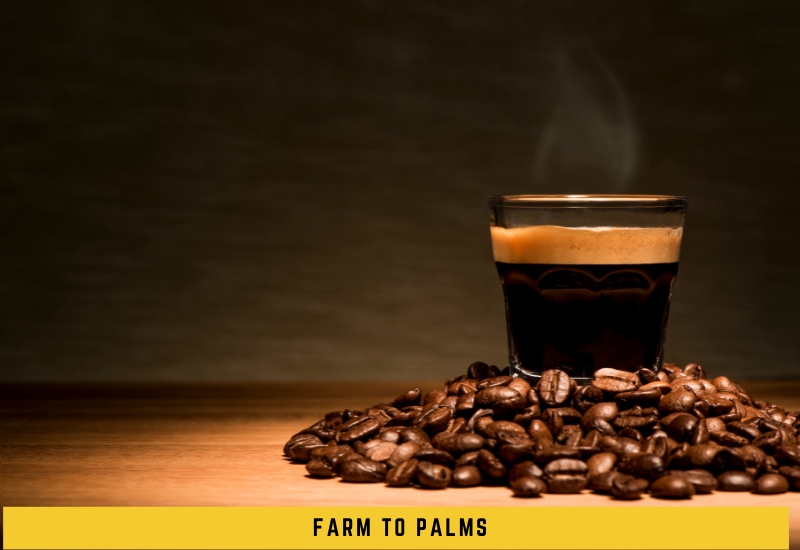
Espresso, originating from Italy, emerged in the 1930s and quickly became a staple in Italian bars. The robust coffee then swiftly made its way to Spain before gaining popularity in England during the 1950s, particularly among the youth.
In the United States, espresso is often enjoyed with syrup, enhancing the beverage’s flavor profile. Today, espresso enjoys widespread popularity across Asia and the Middle East, thanks partly to the proliferation of European-style coffee chains offering renowned drinks such as cappuccinos, lattes, macchiatos, and more.
Ingredients of espresso
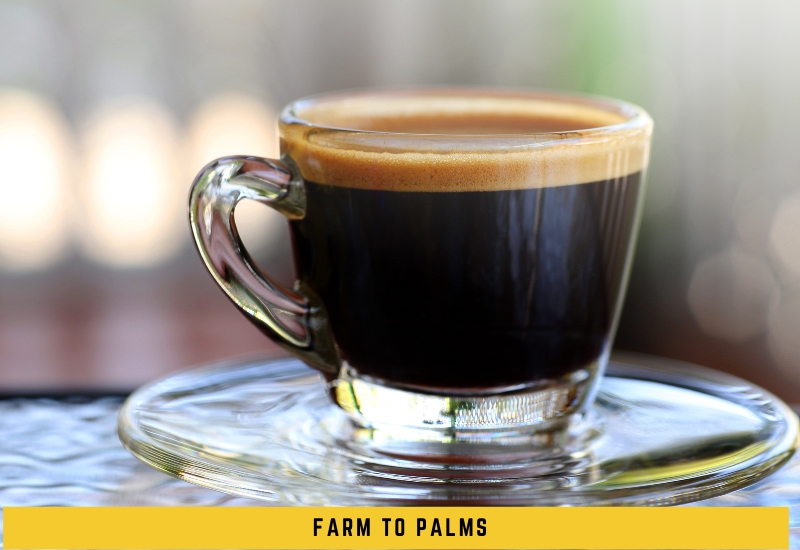
When you observe a shot of espresso, you’ll notice it comprises two distinct layers:
The crema layer is the frothy film atop the coffee’s surface, sporting a light brown hue that adds a lustrous sheen to the beverage. It’s a layer of bubbles formed from CO2 and various essences and natural oils in coffee beans. Hence, the crema has a somewhat bitter taste.
The liquid body: This is the coffee water beneath the crema, which forms the core flavors of the espresso.
How much caffeine is in a cup of espresso?
To visualize the amount of caffeine in a shot of espresso, you can compare it to a regular cup of coffee as follows:
| Beverage Type | Caffeine Content | Volume | Common Drinks |
|---|---|---|---|
| Espresso | 40 – 75 mg | 30 ml | Macchiato, Mocha, Cappuccino, Latte, Americano, Flat White, Piccolo |
| Regular Coffee | 80 – 150 mg | 250 ml | Drip Coffee, Cold Brew, Freeze Dried Coffee, Filter Coffee |
Principles of Brewing Espresso
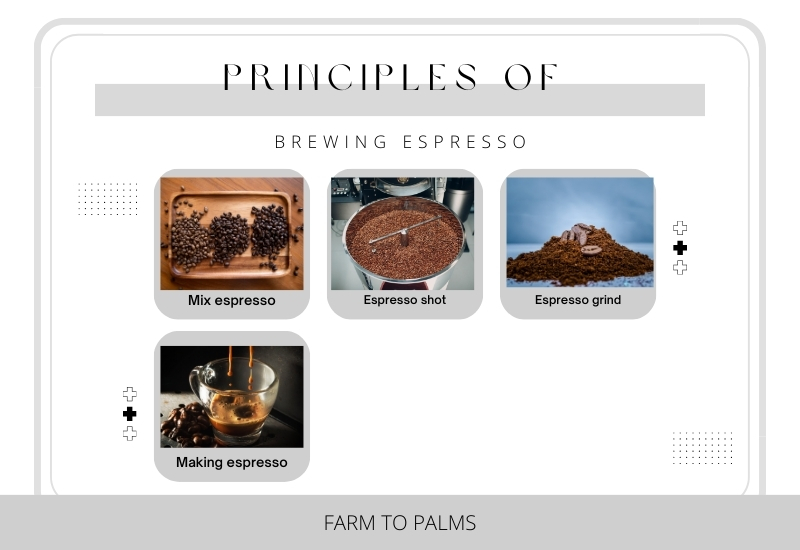
If you grasp the basic principles, you can make an authentic espresso, even extracting the inherent aroma and flavor of the coffee beans when you enjoy it. Here are four principles you should consider:
Mix espresso (blend)
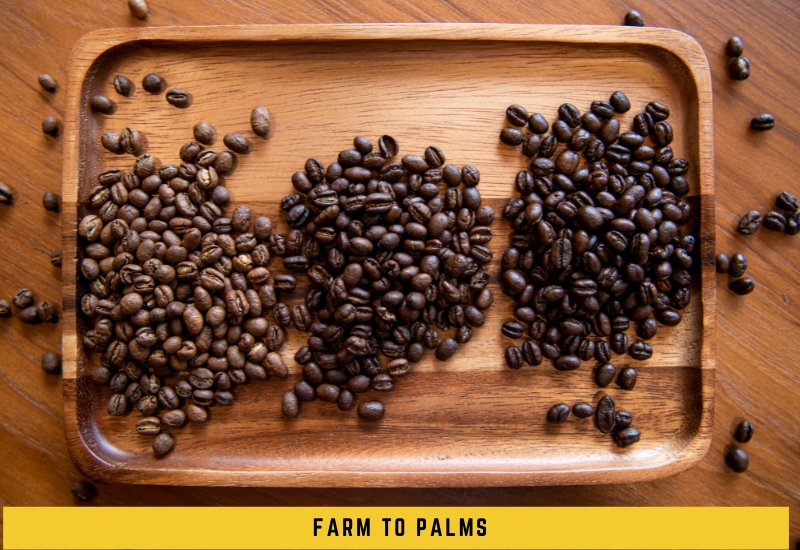
Mixing different types of coffee beans creates a distinctive flavor for espresso coffee. Some coffee beans can be sourced from Mexico, Panama, Brazil, and Peru.
Espresso shot (hand-pulled)
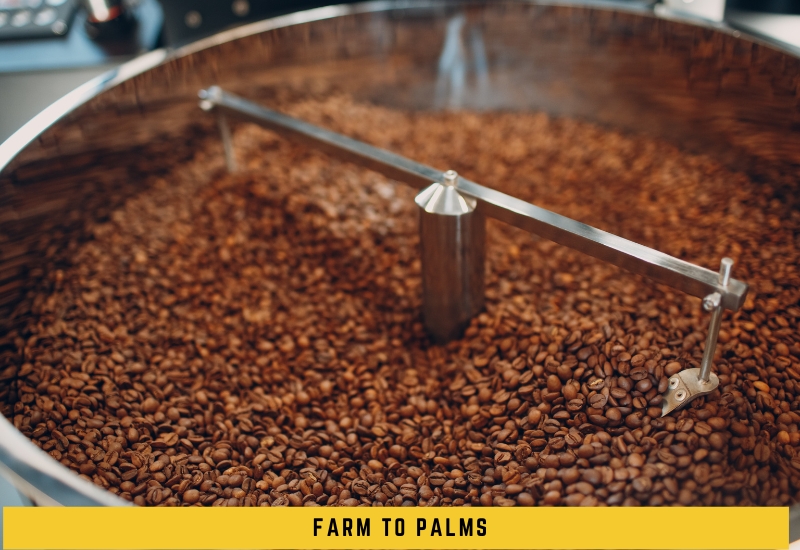
To bring out coffee beans’ inherent aroma and flavor, roast them at the appropriate temperature. This will help optimally unlock the coffee beans’ acidic and bitter tastes.
Espresso grind (grinding)

The process of grinding coffee beans should be done quickly to prevent flavor loss due to exposure to air. On average, grinding coffee takes about 23 to 28 seconds, and people often use Burr grinders for making espresso coffee.
Making espresso (machine)

In the espresso-making step, you must perform the correct sequence on the machine to get the best quality cup of espresso. First, put the coffee grounds into the portafilter, then use a tool to tamp it down with moderate pressure.
Next, press the hot water release button on the machine for about 5 seconds to stabilize the water temperature. Afterward, you attach the portafilter to the machine’s head and press the hot water release button. At this point, quickly grab a cup and place it under the filter spout to catch the flowing espresso.
It can be said that espresso is the base coffee used to create many attractive types of coffee, such as latte, macchiato, cappuccino,… and the most popular Americano nowadays.
How to make espresso coffee
With the four principles above, you can now easily make espresso coffee with the following suggestions:
Ingredients

As shared by Farm to Palms above, the choice of coffee beans and their origin will determine the flavor of the espresso coffee. Therefore, at this stage, you can choose the type of coffee according to your preference.
Typically, many people use Arabica coffee or a blend of Arabica and Robusta.
Tools

You’ll need a coffee grinder if you still need pre-ground coffee. Other equipment may be necessary, such as a coffee maker, cups, and dry clothes.
Quantification
Depending on your recipe, espresso coffee can have a unique flavor that suits your taste and desire. Most coffee brewing experts have the following standard measurements:
- About 7g of coffee grounds.
- Boiling water at a temperature of 88 – 92 degrees Celsius.
- The boiling water will pass through the coffee grounds in about 25 seconds.
- The volume of espresso obtained is about 25ml.
- The temperature of the coffee in the cup ranges from 64 – 70 degrees Celsius.
- The recommended caffeine content is about 40mg per cup, and the fat is about 2mg/ml.
Steps to follow
Step 1: Clean the portafilter before adding the coffee grounds. Then, use a tamper to press the coffee evenly with moderate pressure.
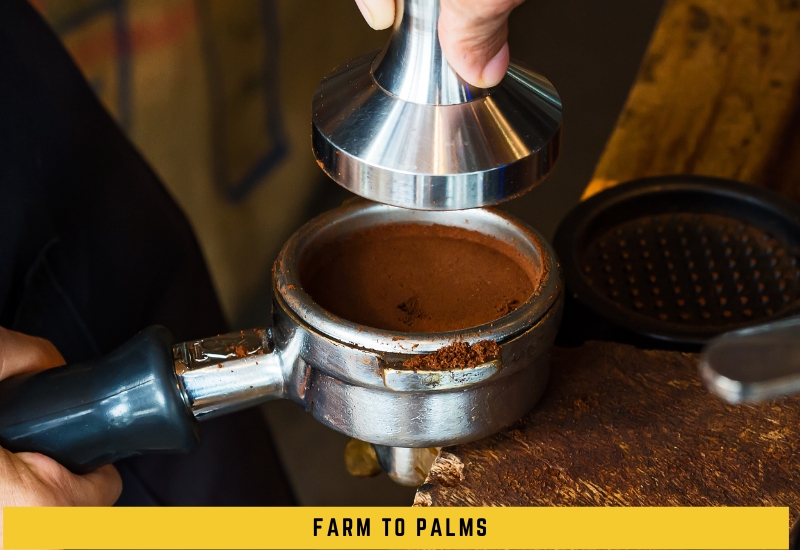
Step 2: Press the hot water button on the machine to stabilize the water temperature. After that, attach the portafilter filled with coffee grounds to the hot water outlet.
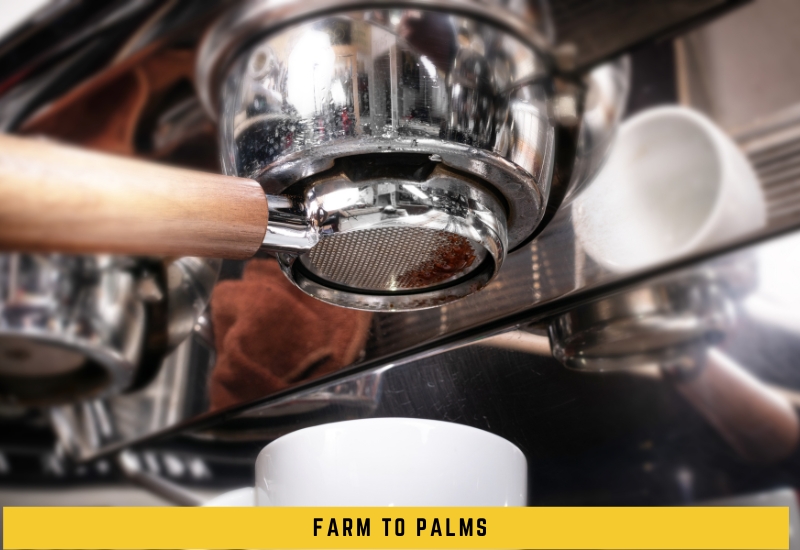
Step 3: Place a cup under the spout of the portafilter, then press the hot water button again. Hot water will flow through the coffee grounds, and espresso will start to pour into the cup below from the spout of the portafilter.
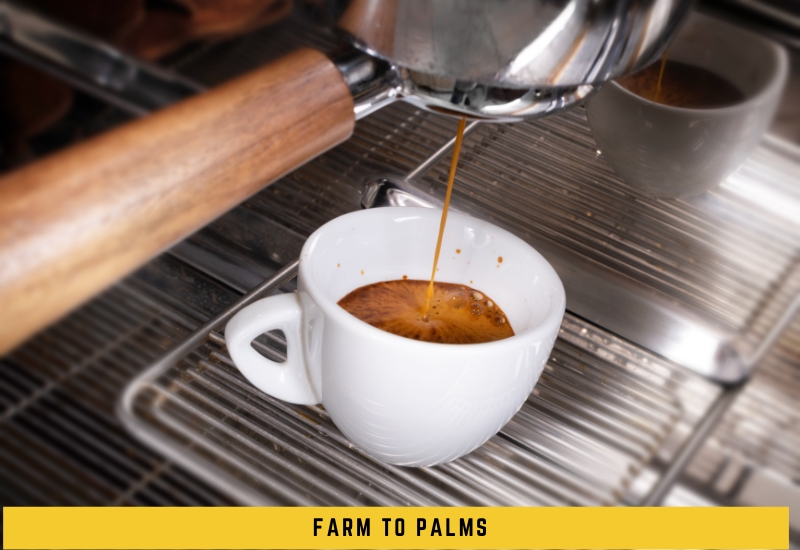
Initially, the espresso will appear dark, then transition to a lighter brown and stop. Your espresso is now ready.
Note when mixing espresso.
In the process of making espresso, you should be aware of the following issues:
- Only grind coffee beans when needed to prevent the coffee from losing its aroma.
- The fineness of the coffee grounds also affects the flavor of the espresso. If it’s too fine, the boiling water will permeate too quickly, preventing the coffee from achieving its full flavor, while if it’s too coarse, the water will not be able to infuse correctly, resulting in a weak coffee taste.
- Use about 7 grams of coffee grounds, with a maximum of 10 grams.
- The water pressure should be around 9 bars.
- The water temperature should be between 88 – 92 degrees Celsius and can go up to 95 degrees Celsius.
- Apply moderate tamping pressure (15 – 20kg) to help the coffee grounds stick together and allow the boiling water to permeate optimally.
- The extraction time for espresso coffee is between 25 – 30 seconds.
- The amount of espresso obtained should be about 25 – 30ml.
Some variants of espresso coffee
Below are some variations of espresso coffee that you might choose to enjoy or see on the drink menus of coffee shops, restaurants, and some bars today:
American coffee
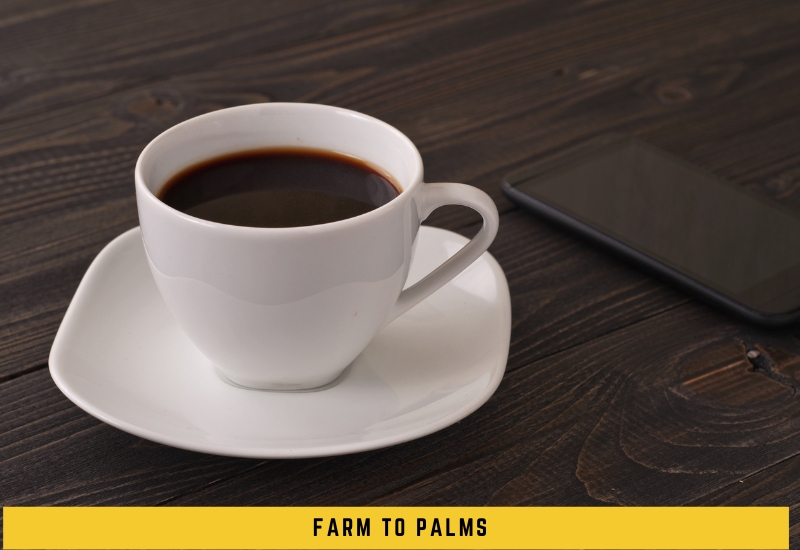
American coffee blends espresso and hot water, producing a milder coffee flavor. Precisely, one can dilute espresso with 40 to 70ml of hot water.
Tobio Coffee
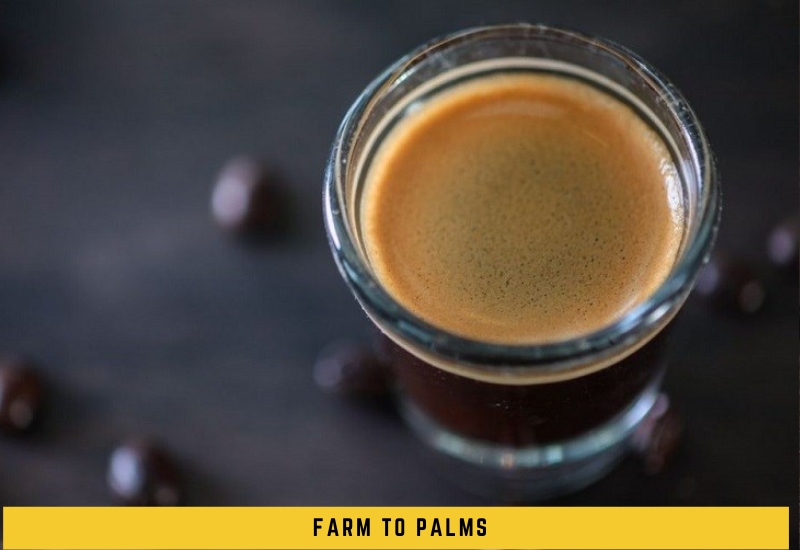
Tobio coffee is a blend of espresso and traditional coffee in a 1:1 ratio. As a result, the flavor of Tobio coffee tends to have a slightly reduced bitterness.
Lungo Coffee
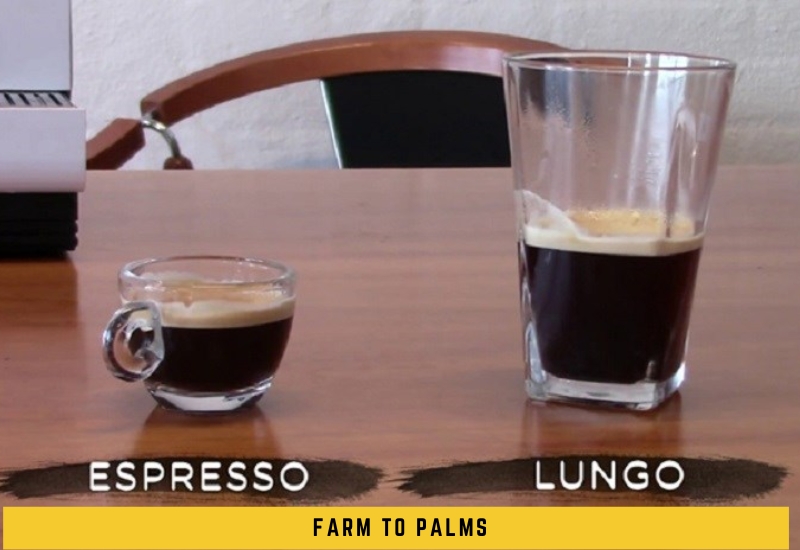
With Lungo coffee, more water is used in brewing than a traditional espresso (instead of diluting with water like an Americano is made). Therefore, the coffee produced is greater than that of a classic espresso.
Espresso Romano
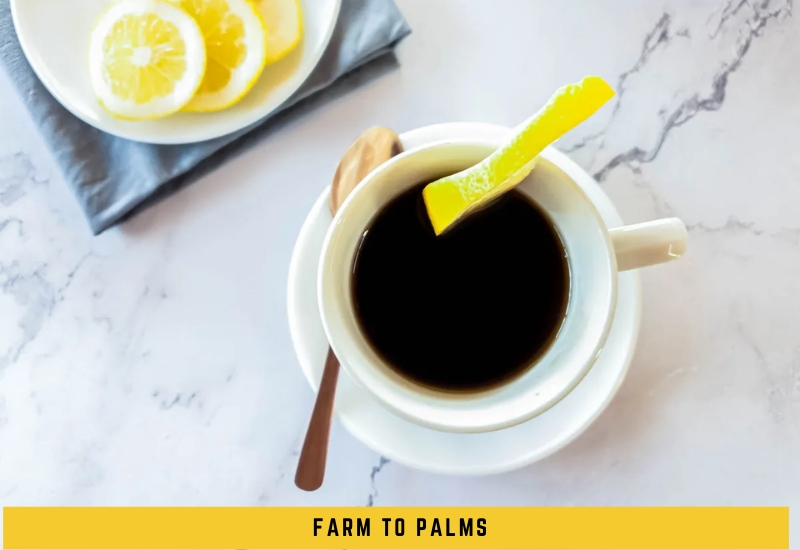
Espresso Romano is known not only for the bitterness of coffee but also for the sweetness of sugar blended with the tartness of lemon. This is quite an unusual variation worth trying.
Distinguishing the ratio of mixing different types of espresso coffee
The ratio between the components will vary depending on the recipe for each type of espresso coffee. For example:
- Ristretto espresso: has a ratio of 1:1 or 1:2, meaning that if you use 7g of coffee, you will extract about 7 – 14ml of espresso.
- Normale espresso (traditional espresso) has a ratio from 1:2 to 1:3, meaning that for every 7g of coffee, you can extract about 14 – 21 of espresso.
- Lungo espresso: this type of coffee has the highest ratio, from 1:3 to 1:4, which means if you use 7g of coffee, you can extract about 21 – 28 ml of espresso.
How to Drink Espresso
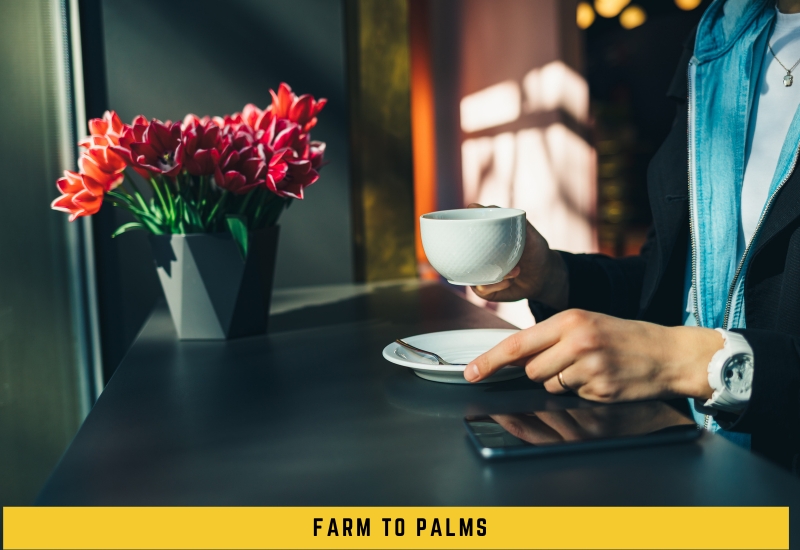
Though traditionally served in small amounts, espresso is not for rapid consumption. It’s best to enjoy espresso, gradually savoring its robust and full-bodied taste. Many prefer their espresso neat—simply a single or double shot—although some sweeten it with sugar or another sweetener. A biscotti or similar sweet treat often accompanies it.
Espresso forms the foundation of several beloved coffeehouse beverages:
- Caffè Americano: Hot water poured over a shot of espresso.
- Red-eye: A combination of drip coffee and a shot of espresso.
- Caffè Latte: Steamed milk mixed with a double shot of espresso.
- Cappuccino: Equal parts of single-shot espresso, steamed milk, and foam.
The difference between phin coffee and espresso

At first glance, espresso and Vietnamese drip coffee are similar. However, if you are a coffee connoisseur, you will notice that their flavors are very distinct. Use the following factors to help you differentiate between them:
| Aspect | Espresso | Vietnamese Phin Coffee |
|---|---|---|
| Extraction Principle | Uses high-pressure steam | Gravity and drip method |
| Brewing Time | Fast | Slow |
| Coffee Grind | Moderately fine | Coarse grind is acceptable |
| Color of Brew | Lighter with a thin, shiny crema on top | Often darker with occasional oil layer on top |
What are the benefits of espresso coffee?
Enhances Longevity of Memory
Research indicates that espresso consumption can bolster memory. It assists in retaining information within the brain and enhances recall of that information.
Heightens Focus
Espresso’s energy boost can significantly sharpen your mental focus on daily tasks. It activates your brain’s dopamine, which is integral in maintaining concentration.
Rich in Antioxidants
Espresso is brimming with antioxidants, offering a concentrated dose of these beneficial compounds in a delightful form.
Amplifies Exercise Performance
Consuming espresso before engaging in physical activity can elevate your performance, making it a valuable ally for sports or regular exercise regimens.
Calorie-Conscious
Espresso is inherently low in calories, allowing you to reap its benefits without the concern of high-calorie intake, making it an enjoyable and guilt-free experience.
Reduces Stroke Risk
Research suggests that espresso consumption may lower the risk of stroke, particularly in women.
Supports Weight Management
Espresso can enhance physical performance, making workouts feel less strenuous and enabling you to exert more effort, potentially leading to better results and reduced muscle soreness post-exercise.
Promotes Digestive Health
Incorporating espresso into your daily routine can aid in stimulating your digestive system, especially if you experience digestive issues.
Decreases Diabetes Risk
With the prevalence of diabetes on the rise, it’s encouraging to know that regular espresso consumption may help in reducing the risk of developing diabetes.
Elevates Mood
The caffeine in espresso is a potent stimulant that can positively affect your overall mood.
Buying and Storing
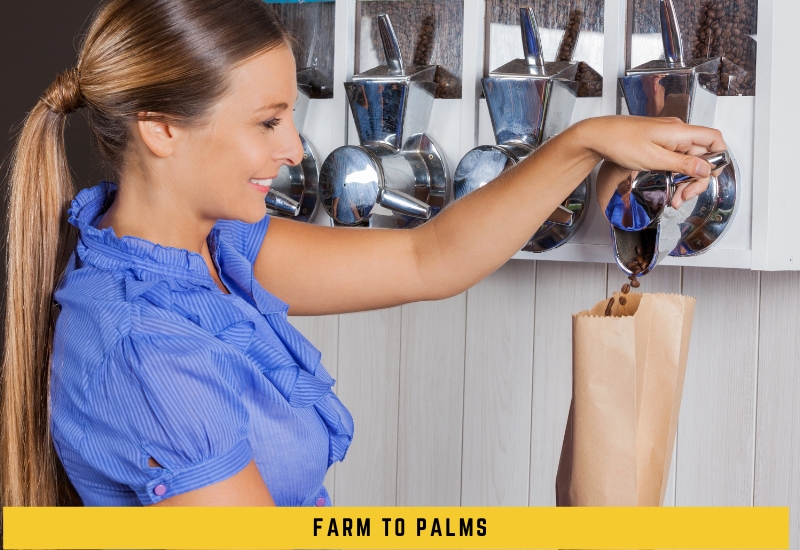
Invest in fresh-roasted, whole coffee beans from a reputable local shop or specialty store for optimal espresso, avoiding low-quality supermarket brands. Ensure your coffee shop choice features skilled baristas and premium beans.
Keep beans or grounds in a dark, excellent location in an opaque, airtight container. Refrain from repeatedly freezing and thawing coffee; if you must freeze, do so with the unopened bag. Ideally, maintain the beans in their original valve-sealed foil bag.
Use freshly opened beans within two weeks and grind them right before brewing for the freshest taste.
Conclusion
With the information shared above, you will better understand what espresso is, how to brew it, the principles of brewing, and how to drink espresso fully to appreciate its rich flavor. Why hesitate any longer? Craft yourself a robust cup of espresso by visiting our Farm to Palms supermarket to find and purchase the finest coffee ingredients immediately.

